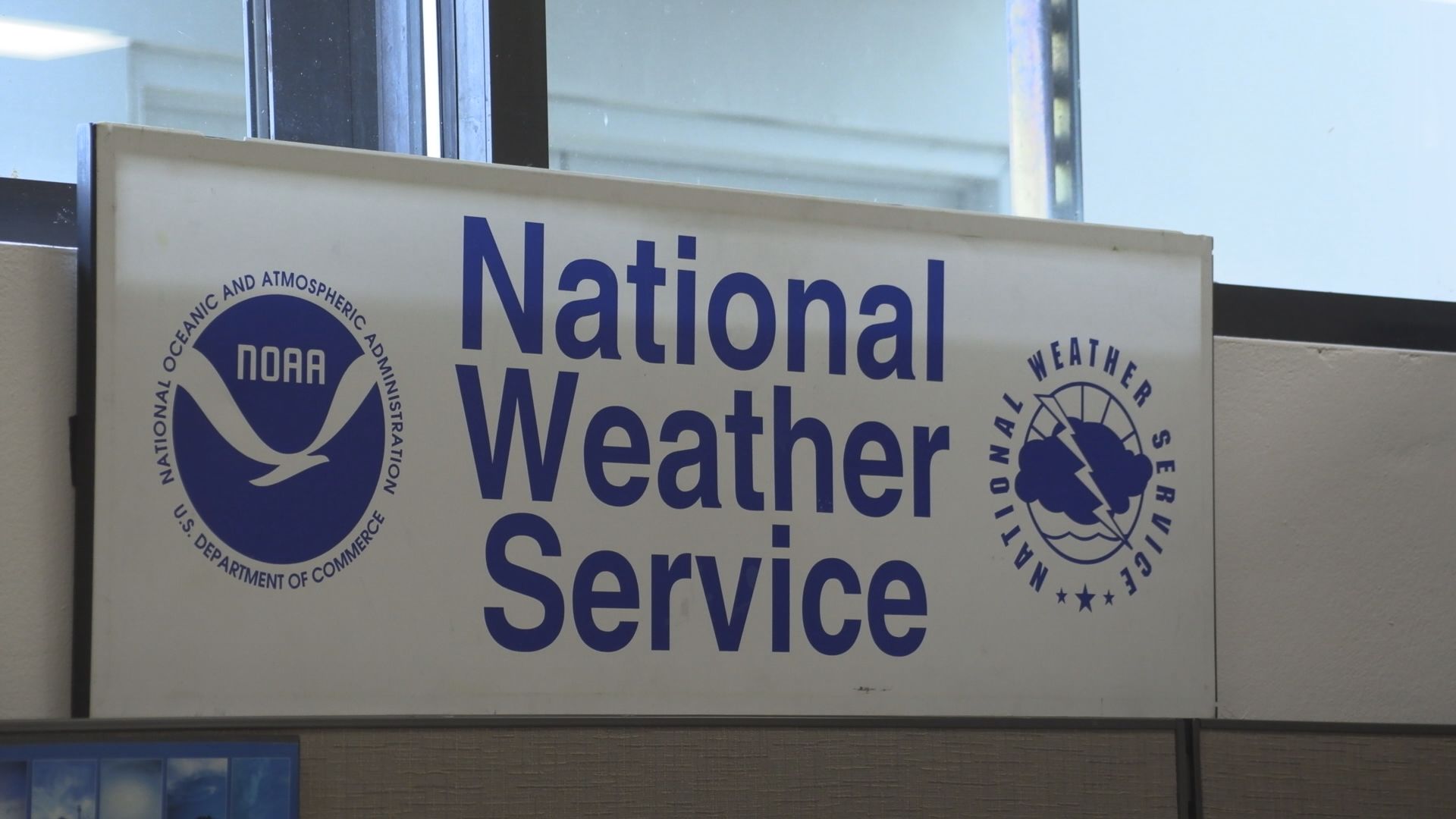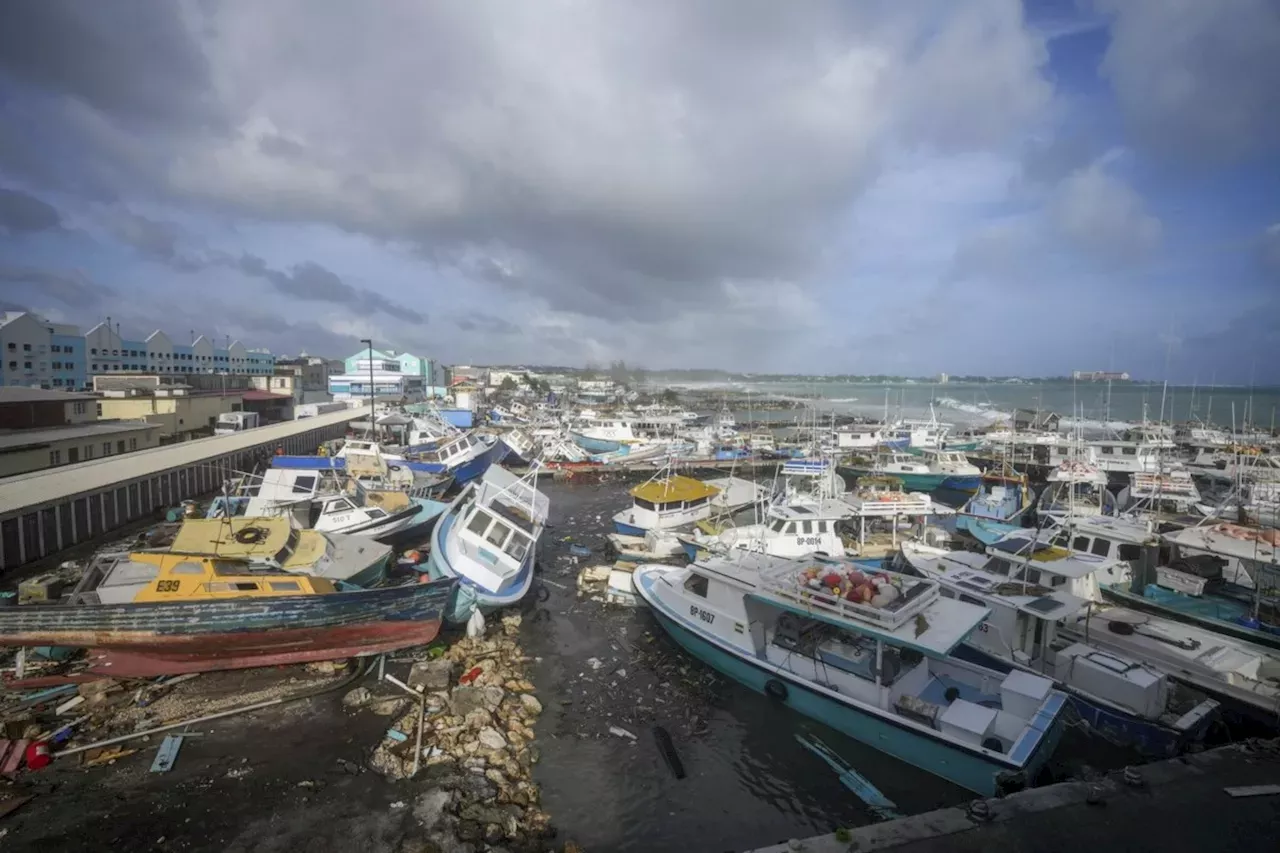Current Status of Hurricane Beryl
Hurricane beryl now – As of the latest advisory issued by the National Hurricane Center (NHC), Hurricane Beryl is a Category 1 hurricane with maximum sustained winds of 85 mph. The storm is located approximately 100 miles south-southeast of Cape Hatteras, North Carolina, and is moving north-northeast at 24 mph.
Hurricane Beryl has weakened to a tropical storm, but it’s still causing heavy rainfall and flooding in parts of the southeastern United States. One area that has been particularly hard hit is Mount Vernon, Indiana , where the Ohio River has overflowed its banks and flooded several homes and businesses.
The storm is expected to continue to move north and east, bringing heavy rain and possible flooding to other areas.
The NHC has issued a hurricane warning for the coast of North Carolina from Cape Lookout to the Virginia-North Carolina border. A tropical storm warning is in effect for the coast of Virginia from the Virginia-North Carolina border to Cape Charles Light.
Projected Path
The NHC predicts that Beryl will continue to move north-northeastward along the coast of North Carolina and Virginia today. The storm is expected to weaken to a tropical storm by tonight and continue to weaken as it moves away from the coast.
Potential Impacts and Preparations: Hurricane Beryl Now

Hurricane Beryl is expected to bring heavy rainfall, strong winds, and storm surge to the affected areas. It is crucial to stay informed about the storm’s track and take necessary precautions to ensure safety.
Areas likely to experience heavy rainfall should prepare for potential flooding. Strong winds can cause damage to buildings, infrastructure, and trees. Storm surge can lead to coastal erosion and flooding in low-lying areas.
Stay Informed
- Monitor weather updates regularly from official sources, such as the National Hurricane Center.
- Sign up for local emergency alerts and notifications.
- Stay informed about evacuation routes and shelters in case they become necessary.
Secure Your Property
- Secure loose outdoor items, such as furniture and grills.
- Trim trees and remove dead branches that could fall and cause damage.
- Protect windows and doors with shutters or plywood.
Prepare an Emergency Kit, Hurricane beryl now
- Include essential items such as non-perishable food, water, a first-aid kit, medications, and important documents.
- Consider including a battery-powered radio, flashlights, and extra batteries.
- Pack a change of clothes and essential toiletries.
Evacuate if Necessary
- If you are asked to evacuate, do so promptly and follow the instructions of local authorities.
- Do not attempt to drive through flooded areas.
- Stay away from downed power lines and other hazards.
Tracking and Monitoring Hurricane Beryl

Hurricane Beryl’s movements are closely tracked and monitored by meteorologists using a combination of technologies and methods. These include satellite imagery, weather buoys, and aircraft reconnaissance.
Satellite Imagery
Satellite imagery provides a comprehensive view of the hurricane’s structure, intensity, and movement. Satellites equipped with specialized sensors can detect changes in cloud patterns, sea surface temperatures, and wind speeds, which help meteorologists track the hurricane’s path and predict its intensity.
Weather Buoys
Weather buoys are deployed in the ocean to collect real-time data on wind speed, wave height, and atmospheric pressure. This data is transmitted to meteorologists, who use it to track the hurricane’s progress and assess its potential impact on coastal areas.
Aircraft Reconnaissance
Aircraft reconnaissance involves sending specialized aircraft into the hurricane to collect detailed observations. These aircraft are equipped with instruments that measure wind speed, temperature, humidity, and pressure. The data collected by reconnaissance aircraft helps meteorologists refine their forecasts and issue timely warnings.
Hurricane Beryl, now a Category 1 storm, continues to weaken as it moves away from the Caribbean. For the latest updates and detailed tracking information, visit the storm tracker. The hurricane is expected to continue weakening as it moves over cooler waters and interacts with wind shear.